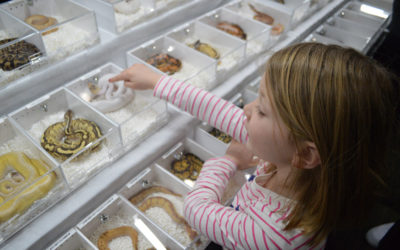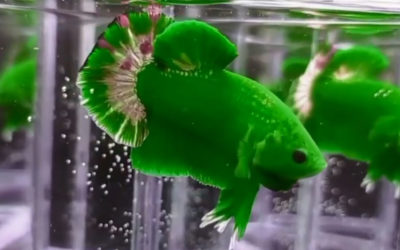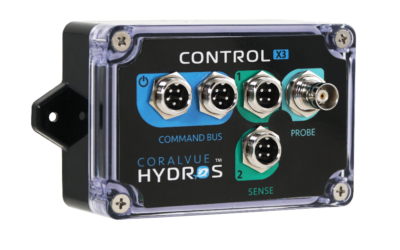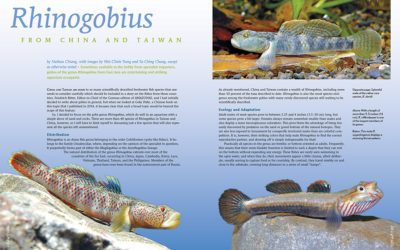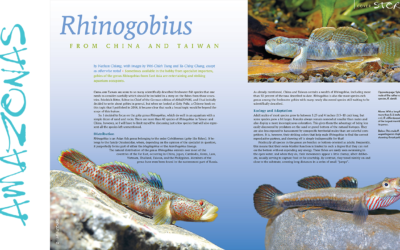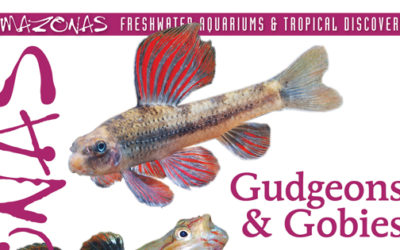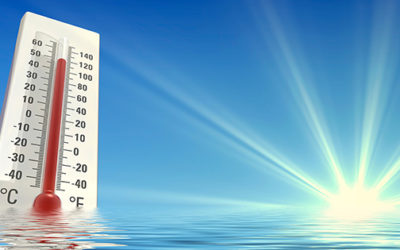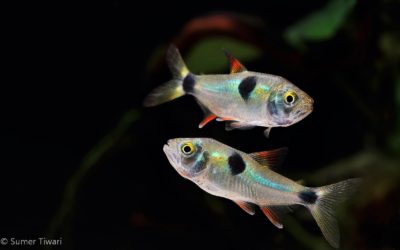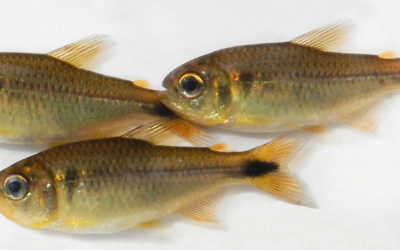Winnipeg, Canada has announced a sweeping series of proposed rules that, if enacted, would ban the ownership of many types of aquarium life (both fish and invertebrates) along with many other pets under the City’s Responsible Pet Ownership By-Law. Such a ban would set the tone for similar bans elsewhere.
Freshwater Articles
How Did Winnipeg’s Aquarists Wind Up In The Crosshairs?
Pet owners are faced with a growing legion of anti-pet animal rights organizations that push false information as fact, and attempt to paint false narratives to push an agenda on the uninformed, often through legislation as we’re seeing here.
VIDEO: UNBELIEVABLY Viral Green Hulk Betta
The most amazing, toxic-green betta you could imagine puts GloBettas to shame. It’s almost too good to be true. But the proof is the video, which demands attention! We can[‘t] promise you won’t be disappointed!
HYDROS Control X3 Available Soon!
The new HYDROS Control X3 is available as a starter pack or standalone unit to add to an existing HYDROS system. via CoralVue We are excited to bring to market another affordable controller – the Control X3. This new addition to our HYDROS universe makes it even more...
AMAZONAS Magazine “GUDGEONS & GOBIES” Inside Look!
A preview of highlights in AMAZONAS Magazine’s September/October 2021 Issue. Paid AMAZONAS Subscribers can log in with their email address and read the Digital Edition starting August 10th, 2021.
VIDEO Inside Look: AMAZONAS Magazine “GUDGEONS & GOBIES”
A preview of highlights in AMAZONAS Magazine’s September/October 2021 Issue. Paid AMAZONAS Subscribers can log in with their email address and read the Digital Edition starting August 10th, 2021.
AMAZONAS Magazine Table of Contents September/October 2021
GUDGEONS & GOBIES Volume 10, Number 5
Keep Your Aquarium Cool in the Heat
Felicia McCaulley reviews a wide range of easy-to-implement cooling tactics that can save your home aquarium during a heat wave!
Can fish possess handedness?
Can a fish be a righty or a lefty? You bet! Read on to understand how and why Exodon paradoxus, the Bucktooth Tetra, is an example of one fish species that is known to possess handedness.
New Yellow Moenkhausia Tetra Species Described
Scientists have discovered and described an attractive new yellow tetra originating from the upper Rio Machado in Brazil. However, a limited range and encroaching deforestation are cause for concern over the future of this new species.


